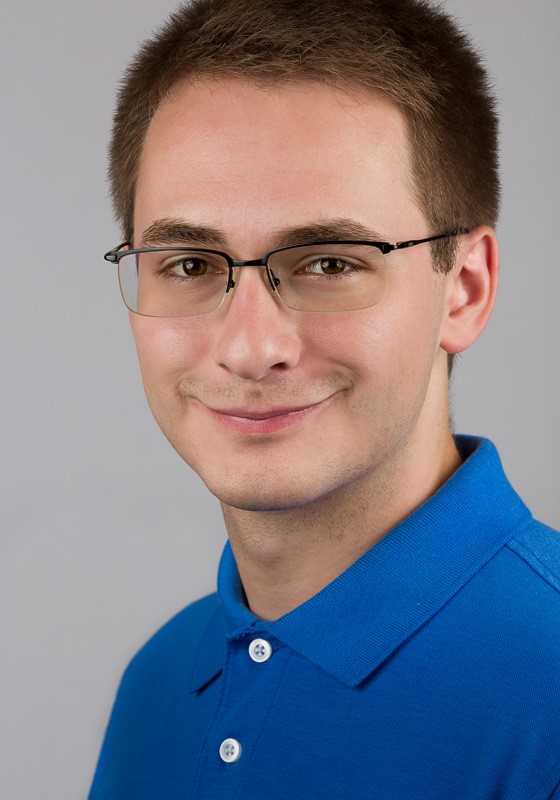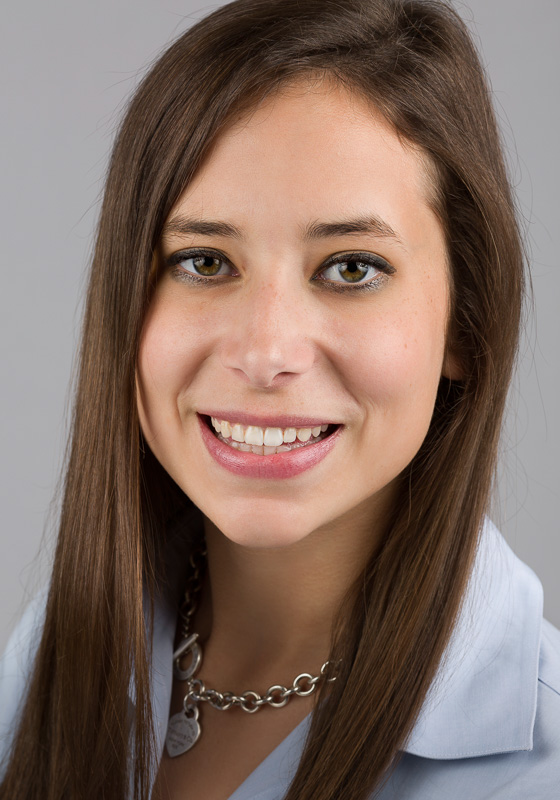
Evan received his BS in biochemistry, along with minors in biology and philosophy, from Purdue in 2018. He is currently a 3rd year PhD candidate in the Department of Biological Sciences working under Dr. Nicholas Noinaj.
Research in the Noinaj lab focuses on studying bacterial membrane protein complexes using X-ray crystallography, cryo-EM, SAXS, SPR, and FRET based assays. The outer membrane proteins (OMP’s) found in gram-negative bacteria are almost exclusively beta barrel proteins. The biogenesis of these OMP’s is mediated by a five component complex called the beta-barrel assembly machinery (BAM) complex. In E. coli, the BAM complex has been studied extensively using structural biology. However the mechanism for OMP insertion into the membrane by the BAM complex remains poorly understood. The BAM complex is an attractive target for novel antibiotics and research into the orthologous complexes in other bacteria has been limited, especially in those pathogenic to humans. Evan's research specifically focuses on characterizing the BAM complex from N. gonorrohoeae, a pathogen that has developed serious multidrug resistance. He hopes to provide insight into the structure and mechanism of the BAM complex, offering a basis for rational drug design.
Mackenzie Chapman (Mesecar Lab)

Mackenzie is starting her 3rd year in the Biological Sciences graduate program. She is interested in infectious disease and structural biology. In Dr. Andrew Mesecar’s lab, she is studying the structure and function of coronaviral papain-like proteases (PLPs) that are encoded in non-structural protein 3 (nsp3). She is currently using X-ray crystallography to perform detailed structural analyses for comparison of PLPs from alpha and beta coronaviruses. The structural information will then be used for the design of small molecule drugs and attenuated vaccines to treat coronavirus infections in humans, such as SARS, MERS and NL63, or in animals, such as. PEDV and FIPV. Her long-term goal is to determine the structure and function of the entire nsp3 protein using a combination of structural and biophysical approaches, including X-ray crystallography and cryo-electron microscopy tofurther our understanding of coronavirus pathogenesis.
Charles Christoffer (Kihara Lab)

Charles obtained his BS in Computer Science and Applied Mathematics, with concentrations in Computational Science and Engineering and Machine Intelligence, from Purdue in 2015. He then obtained an MS in Computer Science from Purdue in 2018. He is currently a 5th year Ph.D. student in the Kihara lab. His research involves computational and mathematical methods in biophysics and bioinformatics. Currently, Charles is developing computational methods to model the assembly of flexible protein complexes involving large collective motions. Understanding the structure of a protein-protein interface can elucidate signal transduction mechanisms and facilitate the design of novel therapies, but experimental structure determination is expensive. Computational methods are more ideally positioned to inform the direction of future physical experiments both in terms of time and labor costs. Previously, Charles has worked on methods for fast comparison of electron microscopy density maps, virtual drug screening based on physicochemical structure features, ab initioassembly of protein complexes involving intrinsically disordered proteins, and prediction of protein complex assembly pathways.

Clint Gabel graduated from Texas Tech University with a Bachelor of Science in Biology and a Bachelor of Arts in Spanish with a minor in Chemistry. He is currently a 3rd year graduate student in Dr. Leifu Chang’s research group in the Department of Biological Sciences. CRISPR technology is a simple yet powerful tool for genome editing based on CRISPR-Cas systems which are the natural, adaptive immune systems of bacteriaand archaea for defense against invading phage. CRISPR-Cas systems cleave foreign DNA by making use of a guide RNA that can be programmed for any target DNA. However, phage developed anti-CRISPR (Acr) proteins to counteract CRISPR-Cas systems. Clint is studying the interactions between CRISPR-Cas systems and Acr proteins by combining single particle cryo-EM, biochemistry, and other biophysical techniques. His work currently focuses on Acr proteins specific for type I CRISPR-Cas systems, not only revealing more detail about bacteria-phage dynamics but also serving as a foundation for further development of CRISPR technology. Besides CRISPR-Cas systems,Clint is also involved in a project to investigate the molecular mechanism of microtubule nucleation in eukaryotic cells.

Brenda Gonzalez is currently a 5th year graduate student in the Department of Biological Sciences at Purdue. She is originally from Lafayette, IN and received her BS in Biochemistry from Purdue. After graduating, she completed a 1 year post-bac position at the University of Iowa. The following year, she matriculated into Purdue’s Biological Sciences PhD program and joined the Jiang Lab shortly thereafter. Brenda’s thesis work is to better understand viral infection and assembly. Specifically, she is interested in tailed bacteriophage, and her work deals with elucidating the structural changes that occur in contractile, tailed phage. To this end, she uses cryoEM to image snap frozen samples of purified phage and uses a new real space helical indexing method to determine the helical symmetry of different contractile tail states de novo. In addition to work in the lab, she is also involved in the NIH-funded CryoVR project, where she is helping develop cryoEM virtual reality training tools. This work is expected to increase the accessibility of cryoEM instruments to new users, and also serves as a community outreach tool.

Sebastian Kenny (Kenny) is a 3rd year graduate student in the Department of Chemistry. He came to Purdue for his undergraduate studies in 2015 from Surabaya, Indonesia. In 2018, he decided to continue his graduate study at Purdue in the Das lab. His current objective is to understand the mechanism of action of pathogenic proteins that hijack the host cell’s ubiquitination system. Toward this goal, he uses techniques such as X-ray crystallography and cryo-electron microscopy to determine 3D structures of these factors and their complexes with host proteins. Alongside structure determination, Kenny also uses biophysical techniques such as biolayer interferometry (BLI) and isothermal titration calorimetry (ITC) to study protein-protein interactions. One of the targets of his current study is understanding the mechanism of p53 ubiquitination by human papillomavirus (HPV) E6 protein. p53 is a tumor suppressor that is essential for cell sustainability. The E6 protein associates with a host ubiquitin ligase, E6AP, in order to form a degron assembly to recruit p53 as a neo-substrate for ubiquitination. Understanding the HPV system will have a broader application in understanding similar phenomena in other cases of pathogen-induced alteration of host cellular processes.